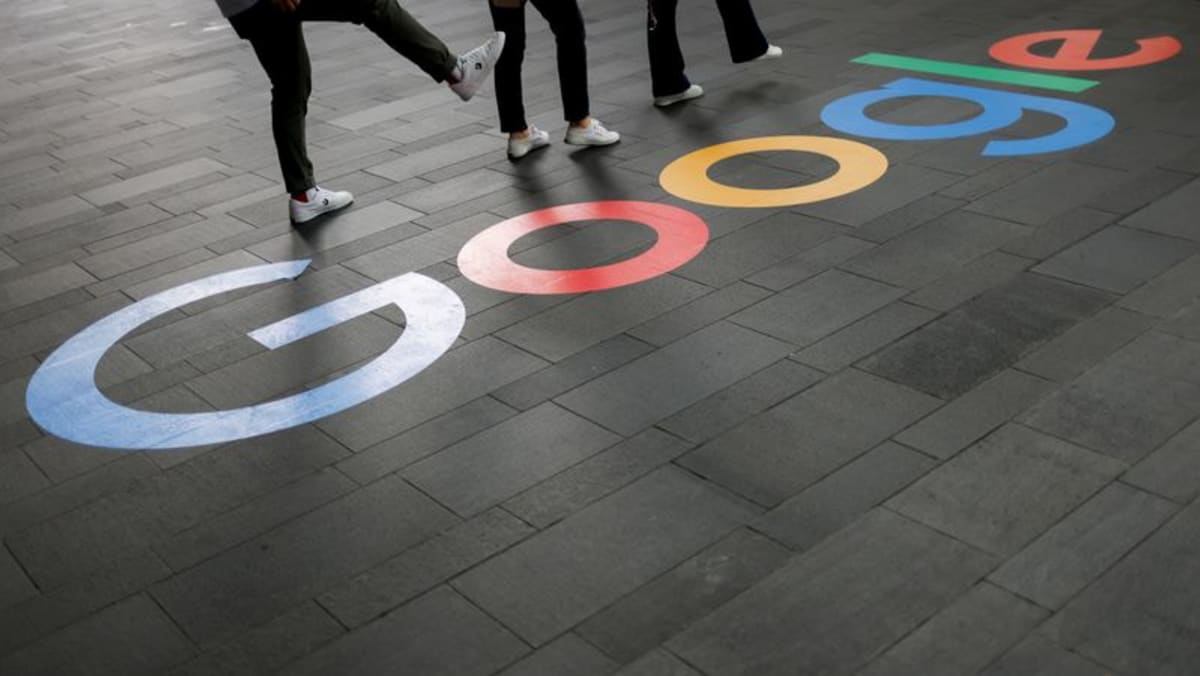Author: Ryan Manuel, Bilby
Chinese President Xi Jinping had only just launched his third term in power when questions about his leadership began to circulate at home and abroad. China’s complete turnaround on its zero-COVID policy was so rapid and extraordinary that it caught almost everyone by surprise.
But China’s course correction was signalled well before policy shifted in December 2022. In February 2022 responsibility for controlling COVID-19 was devolved to local governments, which made China’s shift from ‘dynamic clearing’ or zero-COVID possible. Before the 20th Party Congress, the Yangtze River Delta was slated as the centrepiece of China’s COVID-19 recovery. After the Party Congress, local governments began to loosen restrictions a week before official central word. But the national scale of the reversal was more surprising than the implication that some areas could follow different policies.
Following the zero-COVID turnaround, there was central silence until February, when Xi’s role was portrayed as visionary and the Chinese Communist Party (CCP) united behind the new policy direction. That was more than three months after the decisions were taken, and they were then announced by the health authorities rather than by Xi himself.
A similar transfer of political credit had earlier trapped China into its COVID-19 problem. Xi did not take over COVID-19 policy until August 2020, when he was confident enough to declare that China had dealt with the pandemic. He then took all credit for the success of the national lockdown. China’s response to COVID-19, Xi claimed, ‘show[ed] the superiority of the Chinese system’.
While COVID-19 policy is only one area of public policy, it is a critical illustration of the nature of China’s governance. And it offers hints as to how Xi runs China.
Since his assumption of power, Xi has had a profound impact on the institutions of Chinese governance. The biggest change was to remove the critical safety valve for attribution of political responsibility — to throw out the idea of collective decision making. In the post-Mao era, all decisions were linked to a committee. Documents issued by groups outranked those issued by individual figures of authority, including the paramount leader.
Under Xi’s new rules, one person carries responsibility for every policy decision. Xi has put himself at the head of many of the groups issuing China’s most important decisions. This certainly means that more power and responsibility are in his hands. But it’s less clear whether he knows, or how effectively he is now advised, what to do with that power.
Xi is practically limited in what he can do. It is very hard to have direct influence over the direction of one of the world’s most complex organisations. Tracking his policies from start to finish suggests that Xi has his subordinates regularly nudge the rudder, while he now and again comes in for grand swings of the wheel.
The practical challenges of control are redoubled by the lack of a masterplan. There is no Xi doctrine. Xi is a true believer in the CCP’s role as the only political machine suitable for running the nation. His contribution to the theoretical canon could be pithily summarised as ‘follow the Party’. It is far less clear what Party matters people are to follow. We see an inconsistent set of policy stances expressed through Xi’s speeches that range from stridently anti-Western diatribes to strategies that warmly welcome Western enterprise.
Judging from his speeches, Xi believes that policy missteps and public backlashes are the result of poor implementation of central directives and that a stronger, more disciplined and centrally controlled Communist Party can deliver better governance. He sees this as the way, for example, to help build modern finance and tech sectors that can make China strong. The battle is how to achieve technocratic excellence while still having constant reporting upwards and centralised political direction from the Party.
This system manifests itself in regular swings back and forth. The COVID-19 policy shift was not the first abrupt turnaround under Xi’s leadership. There was a disastrous stock market intervention in 2015, from which Xi was rescued by the technocrats. Then there was cancellation of the Ant IPO in 2019 and the sudden so-called ‘big tech crackdown’ on online education that created uncertainties in business.
Xi sent signals on governance during his first two terms in office that create a range of mixed incentives that will now guide Chinese governance over the next five years.
Instead of a government pushing an agenda that is developed through multiple inputs and broad buy-in, there is a much higher risk of decisions being pushed upwards until there is a sudden policy lurch that everyone is stuck enforcing.
This is magnified by the lack of a discernible framework and a lack of incentives to deliver technocratic policy successes. In personnel matters, Xi has not rewarded those who have delivered his reforms, as seen in the demotion of former vice premier Hu Chunhua. Now, general executors with experience in regional government rather than policy specialists dominate China’s peak leadership bodies.
In business matters, the relationship between the CCP and China’s giant tech firms remains uncertain. While there have been cases of strict regulation involving the destruction of market capitalisation, these firms are essential to Xi and the operation of Chinese policy. Without their distribution channels, reach and large financial contributions, Xi’s signature poverty alleviation program would not have been effective. It has not gone unnoticed that Xi lists solving extreme poverty as his greatest achievement and yet has marginalised both the individual (Hu Chunhua) and private sector actors (tech giants) who executed it.
These tensions, and Xi’s constant leaning on Party bodies rather than ministries to get things done, point to greater divergence between China and the West — if not the entire international community.
How the rest of the world views China and how China relates to the international community is now dominated by strong international pushback against the CCP. The West sees the political control of the CCP as inconsistent with a market-based economy and an open society. But the entrenchment of the market economy is deep and China’s leadership remains resolutely pro-market — capital market reforms during Xi’s second term were dramatic and wide-ranging. The resolution of this tension will be essential for stabilising China’s place in the international community.
Xi’s policy statements since the beginning of his third term remain mixed. One focus has been on security and localising Chinese research and development. At the same time, there is a push to access overseas markets and talent, and to attract and utilise foreign investment. Moreover, China’s self-proclaimed new growth engines — advanced manufacturing, artificial intelligence and big data and a green economy led by electric vehicles and renewable energy — require deep international engagement.
The question now is what the terms of that engagement might be and what influence it might have on the future of China’s governance.
Ryan Manuel is Founder and Managing Director of Bilby, a company which uses artificial intelligence and big data to predict Chinese policy developments.





















Discussion about this post